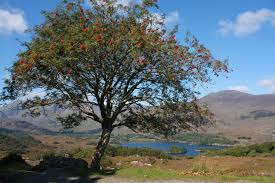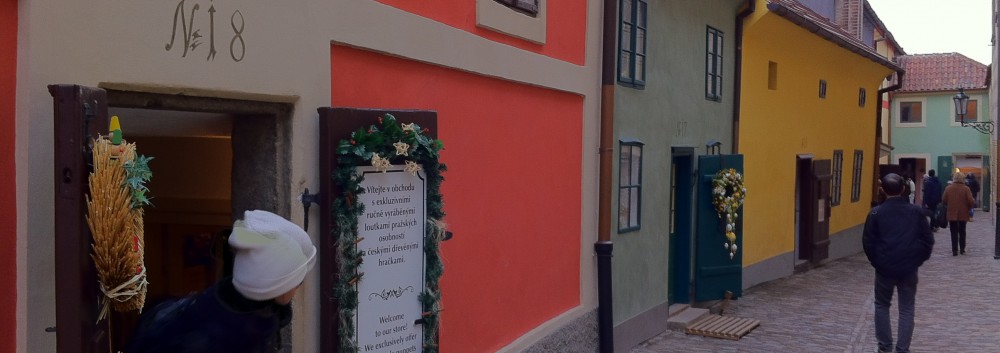
A rowan tree, which the Norse said the first woman was made from and the Celts said protects against witchcraft.
I have been doing research recently for a new novel, Earth to Earth, Ashes to Ashes which will involve the dearg-due again. (Readers first met this character in the Come Hell or High Water trilogy; she is featured on the cover of Part 2: Rising.) I have discovered some fascinating tales about pigs and acorns as well as cauldrons of salmon stew–a perennial favorite!
I have also discovered a lot about trees in European folklore or mythology in general and in Celtic folklore in particular. Greek mythology tells of how Hebe the goddess of youth, dispensed rejuvenating ambrosia to the gods from her magical chalice. When, through carelessness, she lost this cup to demons, the gods sent an eagle to recover the cup. The feathers and drops of blood which the eagle shed in the ensuing fight with the demons fell to earth, where each of them turned into a rowan tree. Hence the rowan derived the shape of its leaves from the eagle’s feathers and the appearance of its berries from the droplets of blood. The Norse said that the first woman was carved from the trunk of a rowan tree just as the first man was carved from the trunk of an ash tree. The Celts had many, MANY stories about rowan trees but I will keep the details of those to myself–so as not to spoil the plot twists that might develop in Earth to Earth.
Oak trees were also important. The Druids frequently worshipped and practised their rites in oak groves (the word Druid was probably a Gaelic derivation of their word for oak, Duir, and meant “men of the oaks”). Mistletoe, probably the Druids’ most potent and magical plant, frequently grew on oak trees and its presence was believed to indicate the hand of God having placed it there in a lightning strike.
Yew trees were also held sacred in pre-Christian times. Folk no doubt observed the tree’s qualities of longevity and regeneration (drooping branches of old yew trees can root and form new trunks where they touch the ground) and the yew came to symbolise death and resurrection in Celtic culture. The Celts were also familiar with the toxicity of the tree’s needles, which can prove fatal, and which may have further contributed to its connections with death. Shakespeare too was familiar with these qualities when he had Macbeth concoct a poisonous brew which included “slips of yew, silvered in the moon’s eclipse”.
